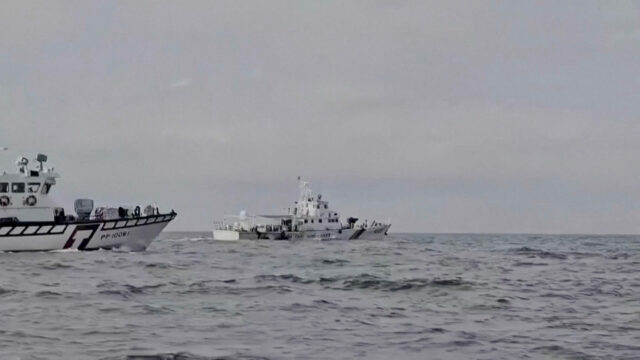Taiwan is on high alert after the defense ministry reported a significant increase in Chinese military activity near the island, raising concerns about regional stability. Over the past 24 hours, 66 Chinese military aircraft were detected around Taiwan, with 39 passing to the south and southeast of the island.
Monitoring China’s aircraft carrier
This surge in activity coincides with exercises involving China’s Shandong aircraft carrier in the Western Pacific. The carrier’s presence near the Philippines has put Taiwan on high alert, prompting closer monitoring of Chinese military movements.
Meanwhile, the ongoing NATO summit in Washington has further heightened tensions. A draft communique from the summit describes China as a “decisive enabler” of Russia’s war efforts in Ukraine and highlights Beijing’s continued challenges to European security.
Taiwan needs to strengthen its defences, says its president
In light of China’s escalating military activities, Taiwan’s President Lai Ching-te has emphatically stressed the urgent need to strengthen the island’s defenses. Specifically, he highlighted China’s increasing use of “grey zone” tactics – actions that fall short of actual combat yet systematically test Taiwan’s forces. According to Lai, these tactics not only threaten Taiwan but also pose a significant challenge to global democracy.
Simultaneously, the geopolitical landscape in the region continues to grow more complex. For instance, Japan’s Self Defense Forces recently tracked two Russian frigates navigating between Japanese islands near Taiwan, heading towards the Pacific Ocean. This incident further illustrates the intricate web of military movements and strategic interests in the area.
Furthermore, the Philippines, which is also embroiled in its own dispute with China over the South China Sea, has taken a significant step to enhance its military capabilities. Notably, for the first time in six decades, the Philippine Air Force has deployed to northern Australia for joint combat exercises with U.S. and Australian fighter jets. Consequently, this move signals the Philippines’ growing commitment to regional security and its alignment with other nations concerned about China’s expanding influence.
Taken together, these developments collectively underscore the rapidly evolving security dynamics in the Indo-Pacific region. As tensions continue to rise, countries are increasingly seeking to bolster their defensive capabilities and, as a result, forge stronger military alliances. Ultimately, the situation remains fluid, with potential far-reaching implications for regional stability and international relations in the coming months and years.
With inputs from Reuters
Traveller, bibliophile and wordsmith with a yen for international relations. A journalist and budding author of short fiction, life is a daily struggle to uncover the latest breaking story while attempting to be Hemingway in the self-same time. Focussed especially on Europe and West Asia, discussing Brexit, the Iran crisis and all matters related is a passion that endures to this day. Believes firmly that life without the written word is a life best not lived. That’s me, Ashwin Ahmad.





